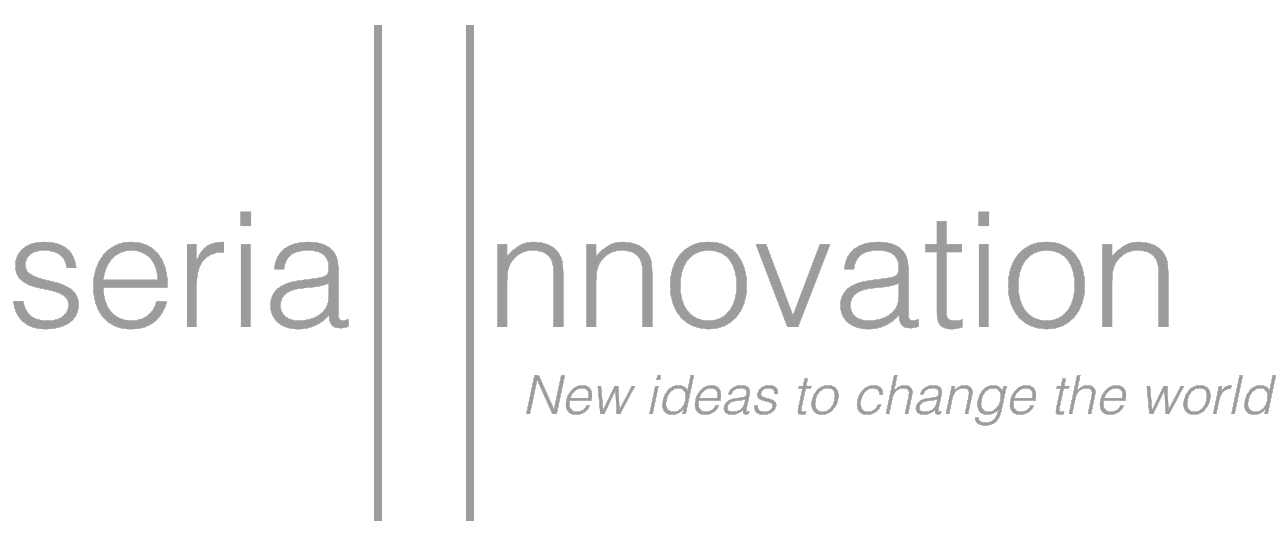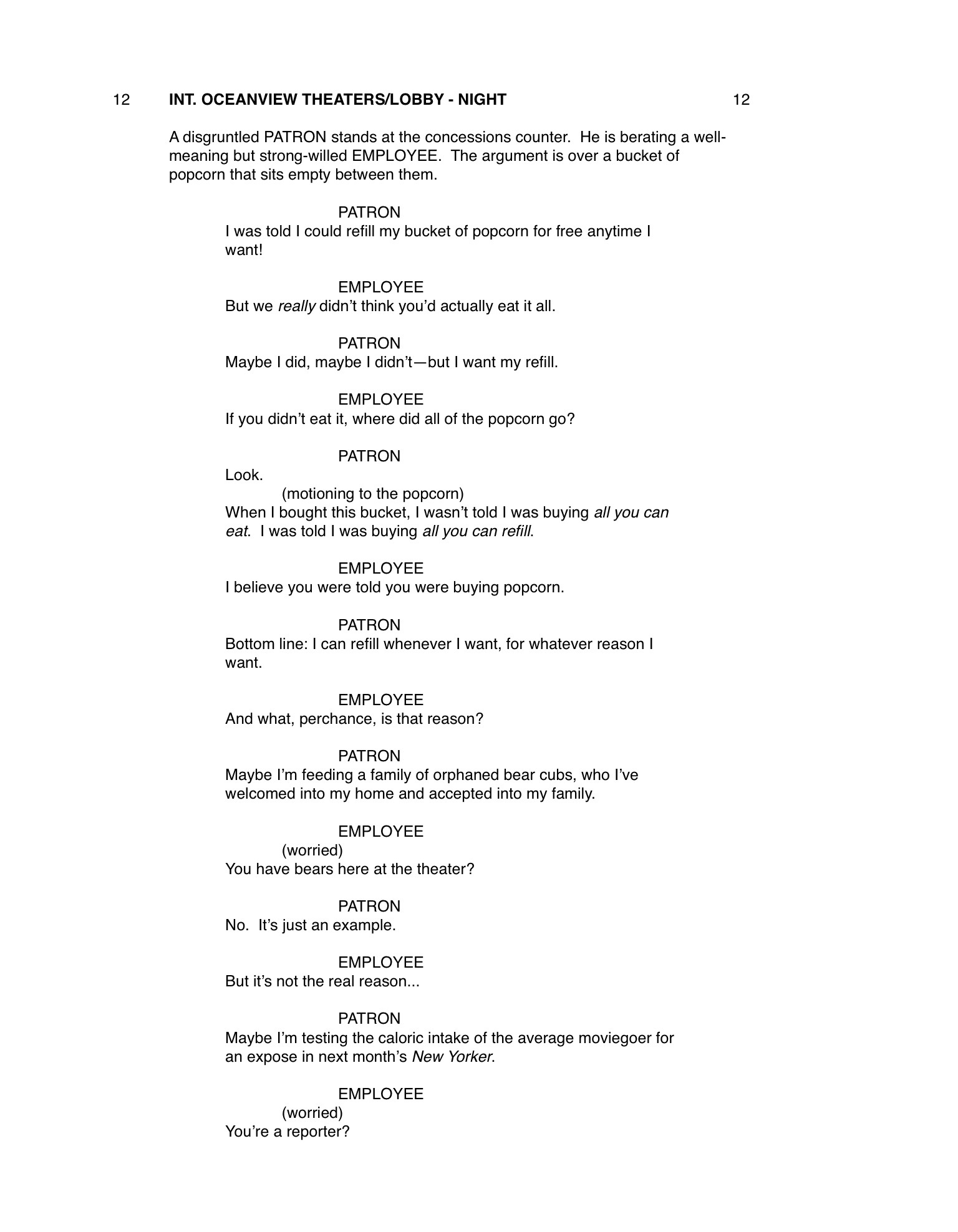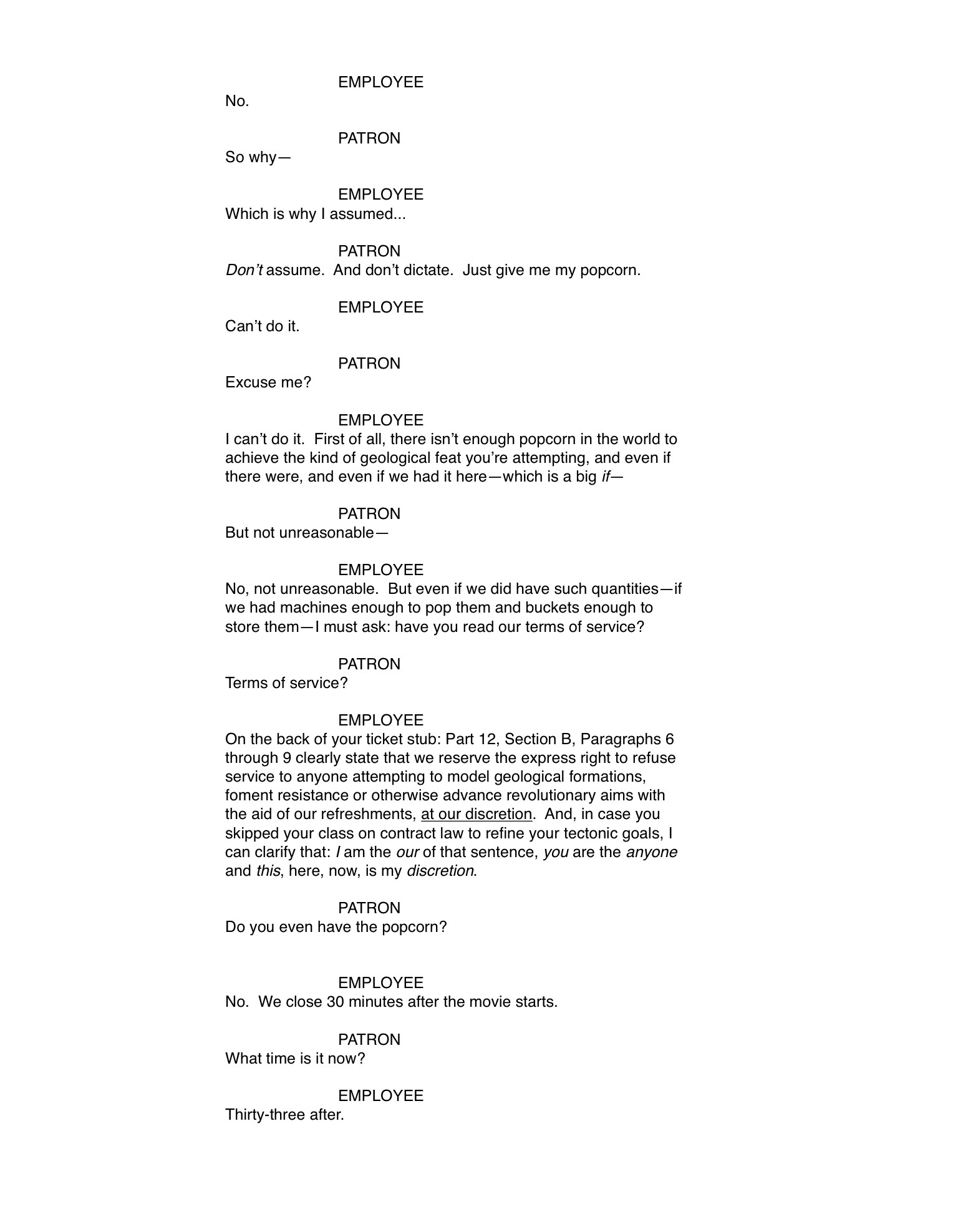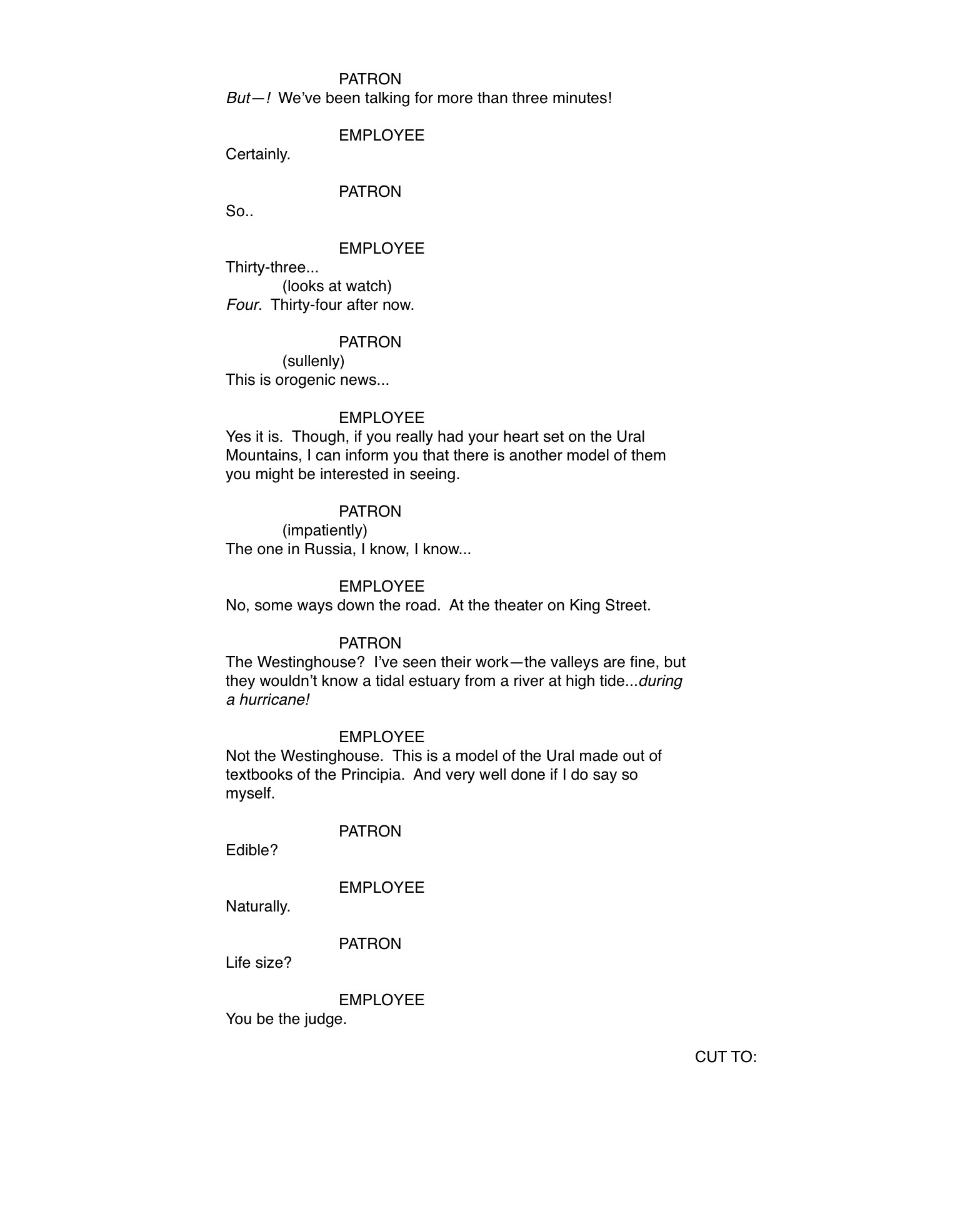“What remains except to enjoy life by joining one good thing to another so as not to leave even the smallest gap between?” -Marcus Aurelius
There’s been some delay—yes, I’m aware. There’s been quite the delay since I’ve last written here. Since I’ve last written at all—and that’s to be understood. For much has occurred. A friend of mine has a board on his wall that says: “There is no such thing as small change.” Perhaps that’s true—but there certainly is large change. Large in the sense of place and of people—for what is life if not place and people? In the last year, I’ve changed where I live, who I share my life with, and what I do for a living. I’ve changed climates and changed timezones. I’ve even changed my toothpaste. All of these changes have been for the better—but that doesn’t make them any less dramatic. Unfortunately, the website and all of my plans for it were put on hold. Now, as a new year and a new life begin, this website must also change—and change, I hope, for the better. The site itself will still concern itself with big innovative ideas—but it will begin to include a series of interviews with innovative thinkers. And the blog will—from this posting forward—expand. Expand in topic and expand in scope. Expand—most importantly—in frequency.
Before, you see, I had thought to focus the entire enterprise on a narrow definition of innovation, and a polished style. That polish in form and function is something I’ve striven for in all I do, but over the years it has resulted in a gap between my plans and their execution. I have a million ideas, but I hesitate to share them. I have an idea, sketch it out, and then throw it in a drawer until it can be developed more fully. The end result: a drawer of nascent work and a blank website. Well, no more. From here on forward, the blog will serve as a living ideas notebook—a journal of thoughts, concepts, and discoveries. Freed from the drawer, they will live a fuller life on the page. Some may be further developed over time; others may exist only here. But here they’ll be. Ideas deserve expression. And they excite in the raw.
So, to begin the year afresh, here are fourteen raw ideas:
1. Cancer and Cars
When you drive, sun warms your left arm. It can also do damage. There is a higher incidence of skin cancer on the left arm than other areas of the body because of sun through the driver’s side window. Why not begin a campaign to put a UV-protection coating on car windows? Consider that this affects people closer to the equator more, since they are more likely to be driving with short sleeves for a longer portion of the year. Find out what the statistical prevalence is, as well as the very minimal added cost to new manufactured vehicles. Find out what the difference could be in terms of reduced cancer among the overall population—and if this skin cancer can become life-threatening. Car manufacturers could promote this as a safety issue and selling-point. If car manufacturers are slow to adopt it, why not find a way to add this level of “tinting” to car windows with UV protection at after-market tinting service centers? According to skincancer.org, there is a 93 percent reduction in skin cell death when sunlight is filtered through UV-absorbing auto glass.
Resources:
2. Road Names
Find the story behind road names in your home town or all over the world—wherever you live. Share these stories. Make them full and rich and fun.
3. Mountain Art
Install lights on the face of a mountain at different heights so that from a distance they look like a skyline of skyscrapers.
4. Professional Wikipedia
Note the black spots for rubber on medians and curbs—where cars collided with the infrastructure of a city. Why do we have consistently poorly-designed things? Maybe because there is no open-source knowledge base online that provides a how-to on professional services like roads or the design of parking lots, sidewalks, and waiting rooms. Propose a Wikipedia of professional topics and concepts. Build a forum. Just as you can go online to watch a YouTube video on how to tie a tie, you should be able to read an article or access a series of videos about how to design a sales display.
5. Time and Health
The issue is not about sugar or fat content or high-fructose corn syrup or portion sizes or soda—the issue is about lifestyle. How much time are you spending sedentary vs. in motion? How much social time are you spending eating vs. active? If we can change these proportions just a little—if we can get these right—then our health will improve. It’s not about calories, it’s about time. People like to find diet crazes or demonize certain foods or ingredients or manufacturing processes because it suggests that by avoiding one particular thing, they can affect their health without changing their lifestyle. “If I ate organic vs. processed foods I’d be healthier.” “If I cut out meat, I’d be healthier.” “If I went vegan, I’d be healthier.” Yes, but these are just that—ways to get a little bit healthier; quick-fixes that promise salvation without necessarily demanding meaningful change. You have to change the proportion of your time in addition to the proportion of your calories to make a meaningful difference in health.
ALSO: Healthy activities like exercise should not be something that you do on your own, something that you feel is another item to check off—that you have to fit within your day. You shouldn’t have to decline invitations to friends to go to the gym tonight. Or leave work early to make your yoga class. Instead, exercise should be embedded in the things you do everyday. Not an add on, not a sacrifice, not something you do alone. You should be getting your exercise spending time with friends. You should be getting your exercise at work. We need to break down the silos between daily life and activity. In the past, the work we did was intimately connected with activity. Now, we can get much of our work done without working physically. That’s a new problem, not a solution. And one that we need to address, because while it may be fine for the quality of your pay, it’s horrible to the quality of your life. Not only would a more active workplace improve health, I suspect that people who have greater activity levels and are healthier will deliver higher quality work as well.
SOLUTION: Propose a few ideas for changing lifestyles—looking at work, community, social activity, sleep, productivity, and the food industry. For example, consider that restaurants serve the function—not only of providing food, but a gathering place. If they embrace this function, perhaps restaurants could become centers of activity, rather than centers of food and idleness.
TIME PROBLEM: One problem is that the only periods that we are free from work are during the three meal times: in the morning before work (breakfast), at noon (lunch), and in the evening (dinner). It’s difficult to be active in these work-free moments. Perhaps, then, what we should do is rather than align work with activity, we align idle consumption of food with idle work, so that we can then use our free time to be active. In this world, you would eat breakfast, lunch, and dinner at work, and be free to be active and social in the hours in-between. CRAZY IDEA: What if where you slept and ate was at work—this was your home—but during the day your activity and social life was out beyond those doors? This setup would be useful in reducing the double-space problem of having empty houses during the day and empty office buildings during the night—because instead of having both an office and a home, you’d only occupy one space. QUESTION: Will telework and other working-from-home trends make this an effective reality?
LIGHT PROBLEM: Another problem is that outdoor activity is best conducted during the daytime—when people work. If, then, we’re continuing on the path of aligning idleness with idle work, we should put work during those idle hours of the evening. This way, people can be active outside during the day.
OKAY: So we’ve seen that there are a few major factors that make it hard to be active outside of work:
- Outside of work, you have to eat and you can’t be active while you eat.
- Outside of work, it’s night time, and it’s hard to be active outdoors at night. (NOTE: This works to the benefit of gyms, since people who exercise at night are more likely to do so at a lighted gym than a darkened park.)
- ork comes first in the day—meaning that people are already tired by the time they are free.
The perfect solution would be to infuse work with activity. But if we can’t do that quite yet, maybe we can mess with time a little—and schedule things to promote better activity. If we’re just designing time, we could:
- Align work with eating. (AN INTERESTING BYPRODUCT: This may succeed in making work more collaborative, since people often become more social during meals.)
- Align work with night time.
- Put work at the end of the day, rather than the beginning.
Again, time sits at the center of the healthcare equation. Encouraging active lifestyles isn’t enough when nearly every existing structure discourages activity during both working hours and free moments. We can therefore either choose to be more active during work, or redesign our schedules to better accommodate healthy living. Being healthy shouldn’t be a chore; it should be the default.
6. Checkout Line Art
Profile the design of checkout areas—the food and candy and last-minute items we all encounter as we stand in line for the cashier. What goes into their design? How do they vary within stores, over time, and between stores of the same or different goods? What is the history of their design and what are the best-practices? How can their design be seen as an art form? What is the difference between a good design and a bad one? Would a store actually want you to wait in line longer so that you had time to buy something in the checkout line? What percentage of sales do these items represent? How do self check-out machines affect this design and the money made? Could smarter self check-out machines suggest complimentary purchases and other deals in a more targeted fashion, putting traditional checkout merchandising out of commission?
7. Social Media Monetization
In the choice between being a content platform or a communication platform, the real issue with social media is that an ad-based model directs these companies towards monetizing traditional content like photos and video, rather than new and non-traditional data like medical or financial trends. This is of course easier. It is easier to create a business model around content that we are already familiar with consuming instead of new content from a new world. We know where to put the ads in a video—and how to make the ads. These companies are choosing the easy route, taking a new vehicle—the social network—down a familiar path. And they are just blowing this opportunity—because maybe ad-revenue isn’t enough to fund all of the products and services possible in a social media world. Ad revenue will pay for your email and search and TV broadcasts, but it won’t pay for your clothes or your car. What’s possible when this level of funding goes to something new?
8. Aerial App
Take a picture from your plane window at any scenery below. Then upload the image to a website. The app has indexed satellite imagery and will match up your scene with the correct location—even overlaying landmarks on the image. And, if you’re in an airplane with WiFi, why not add the ability to overlay that information in REAL time as you pan your camera around outside the window?
9. Amazon Competitor
Flowers are perishable and a chore to maintain. Imagine a service that delivers fresh flowers to your home once a week‚ so you always have great flowers, and the old ones are replaced and disposed of before they wilt.
BETTER: Could this service also deliver other perishables, restocking pantry items? Once or twice a month, a team could visit your home and top up all of your groceries, like olive oil, eggs, milk, flour, and bread. Like the old milkman. The service could continually deliver a “base” of products that people always have at home. Customers could provide their own list or one could be suggested to them based on their family size, consumption habits, and creative choices.
A PROBLEM: Does this kind of service make it difficult for an individual to self-regulate their own consumption?
SOLUTION: Maybe an online dashboard will instead make it easier for people to see how much of a product they are using, at what rate, and how this rate compares to the usage statistics of others like them. It could also suggest ways to extend the life of a product—for example, using half as much laundry detergent per load. These best-practices could be built into a database.
QUESTION: Could a service like this unseat Amazon for everyday household products?
ALSO: You could offer tiers and options for items that compliment a customer’s “base” each month.
BENEFIT: Because the products are being fed directly into the home and don’t need excessive packaging for transport, you could use off-brand items or even unbranded products outside of their costly individually-wrapped packaging. Yes, some packaging would be necessary, but waste and environmental impact could be reduced.
10. Name Button
Changing your name in a marriage or divorce should be as easy as flipping a switch. Create a service around it. Names on bills and accounts—from Netflix to electricity—are reset instantly. This kind of service could extend to helping individuals who change their address. Bundled with this switch could be another resource: an easy way to find local grocery stores, doctor’s offices, etc. that replace the old ones all at once.
11. Portion Covers
Restaurants should have silver plate covers at every table so that the moment you’re done, you cover up your food and don’t see it anymore. This prevents people from being tempted to over-eat and finish everything on the plate. Out of sight, out of mind. After the food is covered, a server would spot it and whisk it away to be boxed for later or tossed. The restaurant would benefit because:
- Customers have a more satisfying experience
- The restaurant can say it is encouraging healthier portions
- Customers preserve their appetite and are more likely to order dessert
- Restaurants can use the data about how often people finish to design more appropriately-sized portions—saving money.
12. Wasted Insurance
@kumailn: “The crazy thing about insurance is that the best case scenario is you’ve wasted a bunch of money.”
Insurance is an interesting product in that it spreads risk across a fuller population. It makes sense from the perspective of those in peril and those in the insurance business—but not for the vast majority of individuals who never collect on it. Therefore, shouldn’t competitive products arise—whereby one could somehow collect, each year, the excess money paid into an insurance account?
HOWEVER: A competing argument would be that insurance money doesn’t really go to waste, but buys you “peace of mind” that everything will be okay, even if the worst happens. If, though, peace of mind truly is the primary function of having insurance—as it appears to be for the majority of policy-holders—then why is this peace so poorly communicated by insurance companies? Why does an insurance website look everything but peaceful? Why does interacting with the company cause stress? If insurance is really about buying peace, then working with an insurance company should be like listening to Beethoven’s Pastoral Symphony—like entering a temple—rather than a threatening, complicated, actuarial nightmare fit only for accountants and business-speak drones. Consider redesigning the experience of insurance to more accurately reflect its primary purpose: “peace of mind.”
13. Poetic Colors
Compare nail polish, lip-stick, and wall-color names. Find similar shades and contrast the naming conventions. What’s the story behind these conventions? Who devises them? What do these colors say about the industry and about the purpose of each product? Also look at color naming for model building paint, cars, crayons, and art supplies.
Resources:
14. Life Names
Currently, states charge a few hundred dollars for an individual to change their first or last name. But these costs should go down as document processing goes digital. If it only cost $25-50 to change your name, might people do it more often? What if you changed your name as often as you changed your hair style? What if changing names became a fashion—and you budgeted for it the way you budget for your phone and haircuts? Will the Internet make this more possible? Might people change their names at different phases of life—a name for childhood, for college, for adulthood? What if names themselves were designed to grow and evolve at different stages of life—living as you yourself live. For example:
Base:
Harmony
Phase Names:
- Childhood: Harmonita
- High School: Harmoni
- College: Harmi
- Twenties: Harm
- Parenthood: Harmony
- Post-Parenthood: Harma
- Retirement: Harmonious
Special ceremonies or occasions could mark the name-changing moments. This is not completely unprecedented. In many cultures, youths accept new names as they enter into adulthood. In his epic poem “Chief Joseph of the Nez Perce,” Robert Penn Warren recounts how the young protagonist climbed a mountain and lay three days without food or water until visited with his name, Hin-mah-too-yah-lat-kekht—“Thunder Traveling to Loftier Mountain Heights.”
























